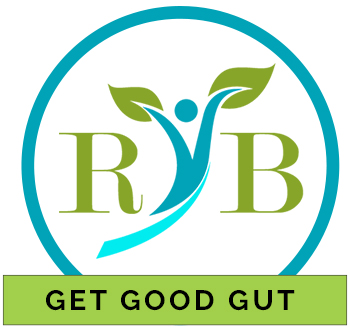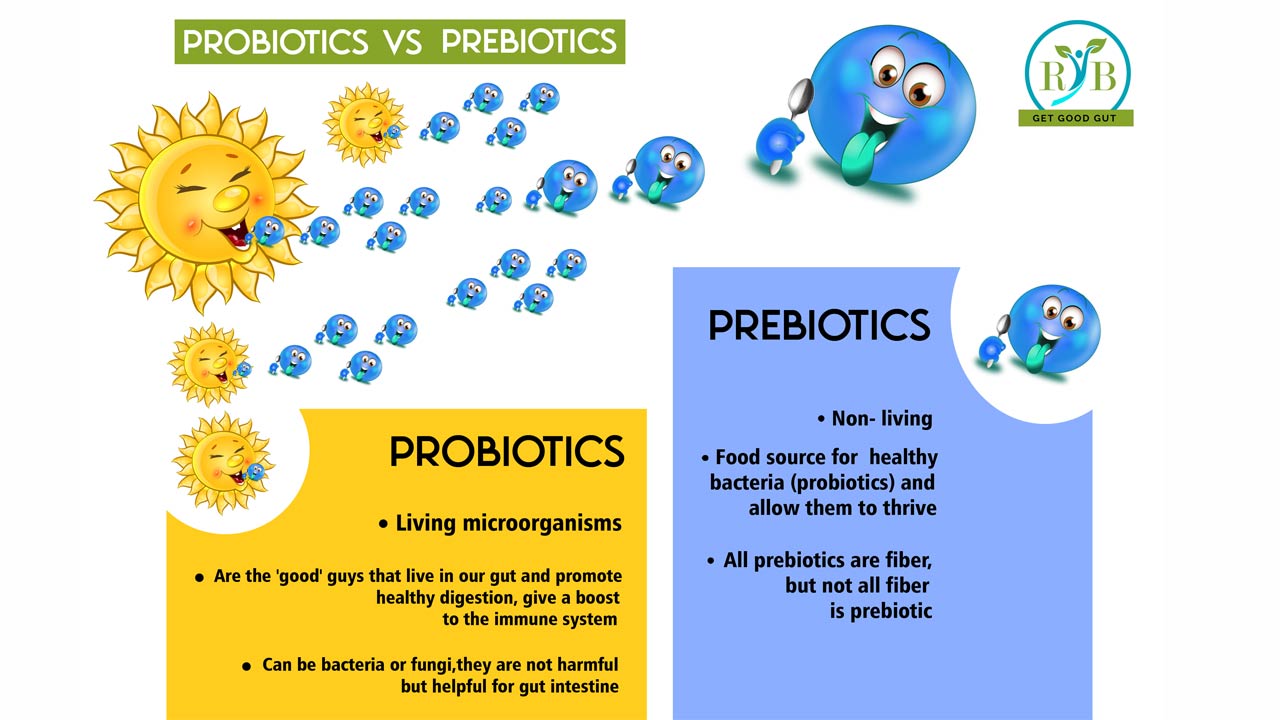Probiotics and Prebiotics: What’s the Difference?
Probiotics and Prebiotics: What’s the Difference?
If probiotics are flowers in a garden, then prebiotics would be soil where the flowers grow.
Probiotics are live microorganisms which when administered in adequate amounts confer a health benefit on the host.
As per WHO (World Health Organization) ‘living microbial supplements that beneficially affect the host animals by improving its intestinal microbial balances’
Probiotics were first conceptualized over a century ago by the Russian scientist and Nobel Prize winner, Elie Metchnikoff of the Pasteur Institute in Paris.
Metchnikoff was the first to introduce the idea that consuming live microbes may be beneficial to health.
He discovered that the villagers living in the Caucasus Mountains were drinking a fermented yogurt drink on a daily basis. His studies into the drink found that it contained a probiotic called Lactobacillus bulgaricus which seemingly improved their health and increased their lifespan
He suggested that it was possible to replace harmful microbes in the gut microbiota with beneficial ones.
We have trillions of microbes on and in your body. These microbes are a combination of:
- Bacteria.
- Fungi (including yeasts)
- Viruses.
- Protozoa.
For a microbe to be called a probiotic, it must have several characteristics. These include being able to:
- Be isolated from a human.
- Survive in our intestine after ingestion (being eaten).
- Have a proven benefit for us.
- Be safely consumed.
Examples:
- Yogurt
- Kombucha tea
- Kefir (dairy; non dairy)
- Pickles (unpasteurized)- Probiotic Mix Vegetable pickle
Prebiotics
Are non-living- a type of fiber that the human body cannot digest. They serve as food for probiotics.
They are specialized plant fibers. They act like fertilizers that stimulate the growth of healthy bacteria in the gut.
Prebiotics are found in many fruits and vegetables, especially those that contain complex carbohydrates, such as fiber and resistant starch. These carbs aren’t digestible by your body, so they pass through the digestive system to become food for the bacteria and other microbes.
Examples:
- Legumes
- Beans
- Peas
- Oats
- Bananas
Synbiotic – mixture of probiotics and prebiotics that beneficially affects the host by improving the survival and activity of beneficial microorganisms in the gut.
Will be discussed in the next upcoming blogs.
Source:
Recycling Metchnikoff: Probiotics, the Intestinal Microbiome and the Quest for Long Life
https://www.ncbi.nlm.nih.gov/pmc/articles/PMC3859987/






